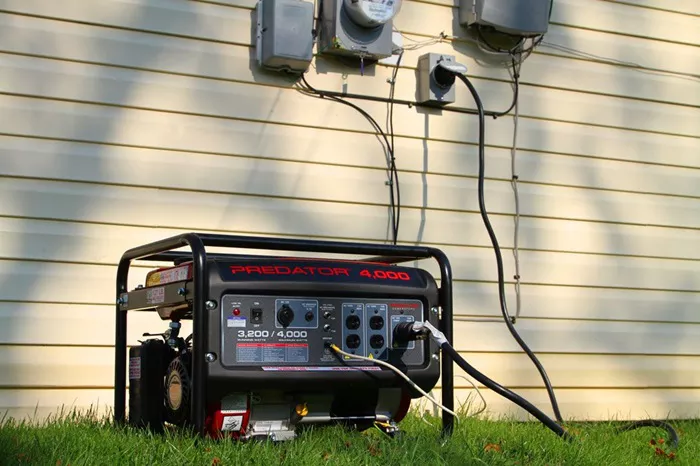A reliable home generator ensures uninterrupted power during outages, keeping your appliances running and your family comfortable. Choosing the right generator requires understanding power needs, fuel types, and safety features. This guide will help you make an informed decision.
Understanding Your Power Requirements
Before buying a generator, calculate your home’s power needs.
Determine Essential Appliances
List critical devices like refrigerators, lights, medical equipment, and heating/cooling systems. Check their wattage on labels or manuals.
Calculate Starting vs. Running Wattage
Some appliances (e.g., air conditioners, refrigerators) need extra power at startup (starting wattage) but less to keep running (running wattage). Ensure your generator can handle both.
Total Wattage Calculation
Add the running wattage of all essential appliances, then include the highest starting wattage. This gives the minimum capacity your generator must support.
Types of Generators for Home Use
Different generators suit different needs.
Portable Generators
Best for: Occasional use, small households
Power Output: 3,000–8,500 watts
Pros: Affordable, movable
Cons: Manual operation, requires fuel storage
Inverter Generators
Best for: Sensitive electronics (laptops, TVs)
Power Output: 1,000–4,000 watts
Pros: Quiet, fuel-efficient, clean power
Cons: Lower capacity, higher cost
Standby Generators
Best for: Whole-house backup
Power Output: 7,500–20,000 watts
Pros: Automatic operation, high power
Cons: Expensive, requires professional installation
Solar Generators
Best for: Eco-friendly, silent operation
Power Output: 500–3,000 watts
Pros: No fuel needed, low maintenance
Cons: Limited power, depends on sunlight
Fuel Options and Efficiency
Generators run on different fuels, each with pros and cons.
Gasoline
Pros: Readily available
Cons: Short shelf life, less efficient
Diesel
Pros: Long-lasting, fuel-efficient
Cons: Noisy, expensive
Propane
Pros: Clean-burning, long shelf life
Cons: Lower energy output
Natural Gas
Pros: Continuous supply (if piped)
Cons: Requires gas line installation
Key Features to Consider
Automatic vs. Manual Start
Automatic: Best for standby generators (kicks in during outages).
Manual: Requires user intervention (common in portable models).
Transfer Switch
A must for safely connecting a generator to your home’s electrical system. Prevents backfeeding, which can be dangerous.
Noise Level
Measured in decibels (dB). Inverter generators are quieter (50–60 dB) than conventional models (70+ dB).
Run Time
How long the generator operates on a full tank. Look for models with at least 8–12 hours at half load.
Safety Features
Circuit Breakers: Prevent overloads.
Low-Oil Shutoff: Protects the engine.
CO Detection: Essential for indoor safety.
Installation and Maintenance
Professional Installation
Standby generators need an electrician for proper setup. Portable models may only require a transfer switch.
Regular Maintenance
- Check oil and filters.
- Run the generator monthly to keep it functional.
- Store fuel properly (stabilizers help for gasoline).
Cost Considerations
Portable Generators: 500–2,000
Inverter Generators: 800–3,500
Standby Generators: 2,000–10,000+ (including installation)
Final Tips for Choosing the Right Generator
Prioritize Needs: If only running essentials, a portable generator may suffice. For whole-house backup, invest in a standby model.
Check Local Regulations: Some areas restrict generator noise or fuel types.
Read Reviews: Real-user feedback helps identify reliable models.
Warranty & Support: Opt for brands with good customer service.
Conclusion
Selecting the right home generator involves assessing power needs, fuel efficiency, and safety features. Whether you choose a portable, inverter, or standby model, proper sizing and maintenance ensure reliable backup power. Invest wisely to keep your home running smoothly during outages. By following this guide, you’ll find a generator that fits your budget and requirements, providing peace of mind during emergencies.

